Menu
Menu
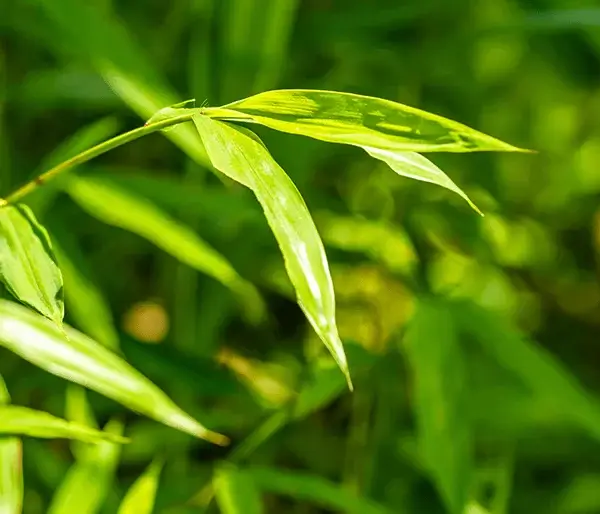

We are extremely happy with Dovetail’s Omni-C genome assembly of Japanese stiltgrass, now published in Genome Biology and Evolution: https://academic.oup.com/gbe/article/13/11/evab238/6413638. Invasive plant species are underrepresented among high-quality genomes, and we now have an invaluable resource for studying one of North America’s most damaging invasives. This has been a critical tool in our studies of trait variation, genomics, adaptation, and aspects of invasion biology that otherwise would have been impossible.
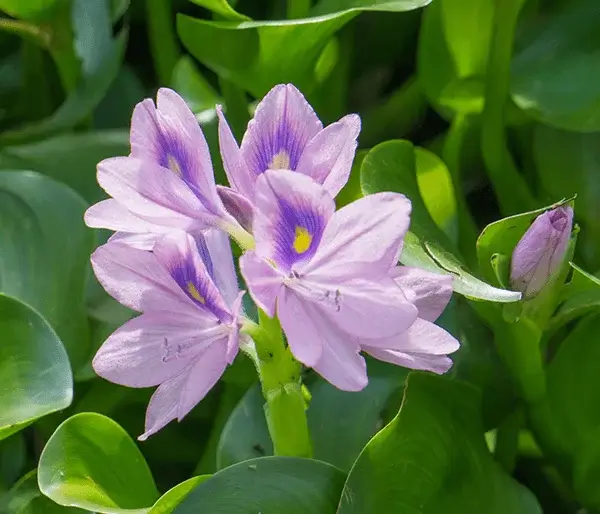

Dovetail did an amazing job assembling the genome of annual water hyacinth (Eichhornia paniculata) with PacBio HiFi and Omni-C sequences. We got a chromosome level assembly with a very high BUSCO score (97.2%). We are using it for whole genome alignments to look for the structural variations that make up the tristyly supergenes.
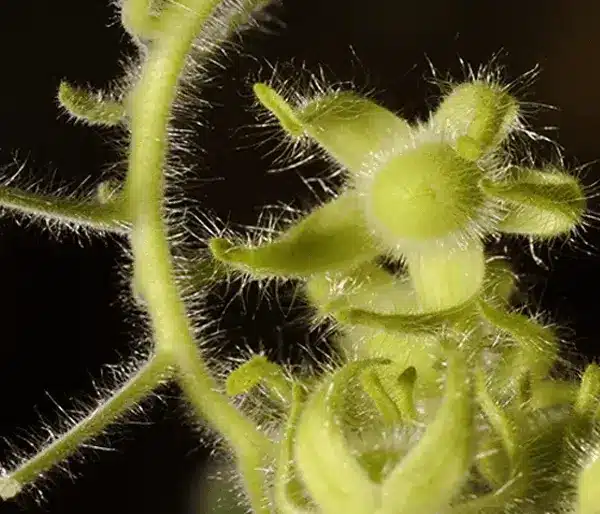

Based on a previously assembled genome sequence of a wild tomato relative Solanum habrochaites PI127826 using Dovetails Genomics technology helped us to obtain a chromosome-level assembly for most of our favorite wild tomato relative Solanum habrochaites Pi127826. Dovetails technology was nicely able to complement previous available 10X Genomics and Optical Mapping information yielding not only an improved assembly but also a genome annotation. Altogether, this new reference genome serves as a new foundation for our attempt to understand the basis of relevant traits into cultivated tomato.
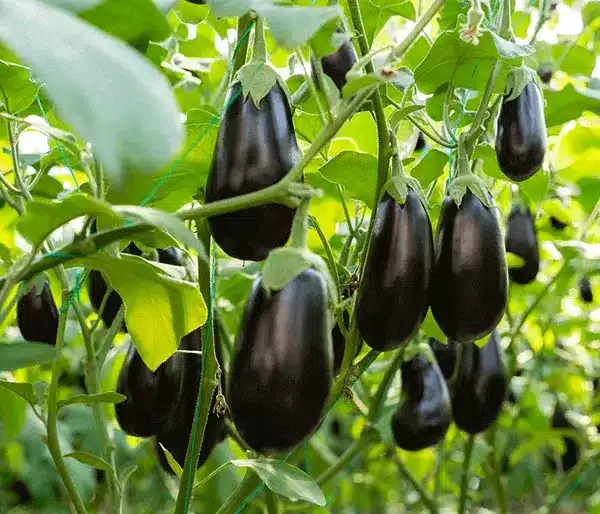
Through the test of our several genome projects, Dovetail’s Hi-C kit has stable and excellent performance in plants, mammals and poultry. By using Dovetail Hi-C and HiRise assembly pipeline, we can obtain high-quality genomes at chromosome level. Taking eggplant as an example, we have obtained the highest quality eggplant genome so far, with contig N50=5.3 Mb and scaffold N50=93.9 Mb. In the future, we will use Dovetail’s Hi-C technology in more genome projects.


Our work with Dovetail Genomics has allowed us to generate chromosome-scale assemblies of the large and repeat rich bread-wheat genome (~15 Gbp, >85% TE), which facilitated the discovery of genes that control agriculturally important traits.
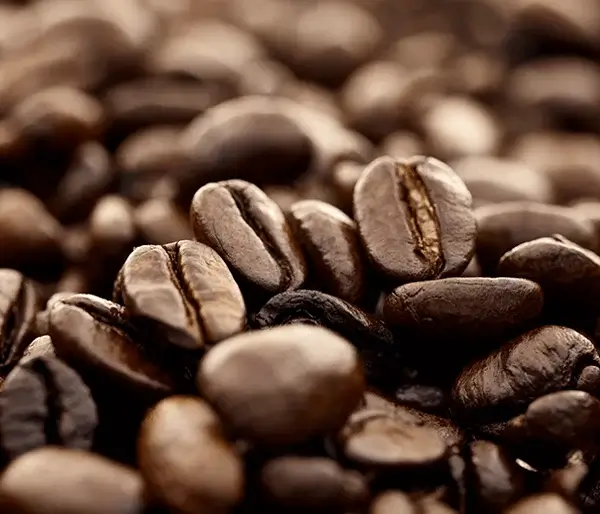

Dovetail did their magic and got back to us with some really improved results. 87% of the assembly is containd within 11 chromosomes. This is very helpful for us because we want to do comparitive genomics and this will help us to do that.


Wow! This is a jaw-droppingly huge improvement! Instead of 474 Kb, we have scaffolds over 61 Mb – that’s over 100 times bigger! Amazing – thanks for this very good news.
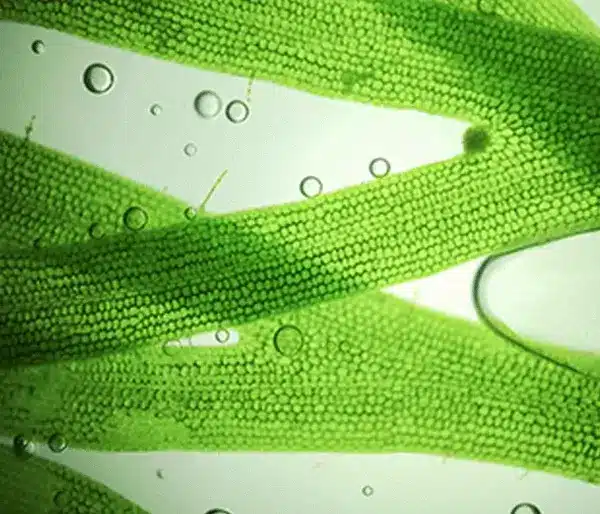

Super happy to see the first chromosome-level assembly of aZygnematophyceaegreen algal (ZGA) genome (Zygnema circumcarinatumstrains SAG 698-1b) with Nanopore long read sequencing + Dovetail HiRise scaffolding. Such a small genomes (70 Mb) with 20 tiny chromosomes! This will keep us (http://bcb.unl.edu/) busy to fully analyze it against other ZGA genomes.


The Hi-C scaffolding Dovetail delivered for our Giant sequoia genome assembly led to the highest quality assembly for any of the large conifer genome assemblies to date. We are using Dovetail’s technology to assemble the hexaploid Coast redwood genome now and will be a part of our standard recipe going forward for all conifer and other tree reference genome sequences.
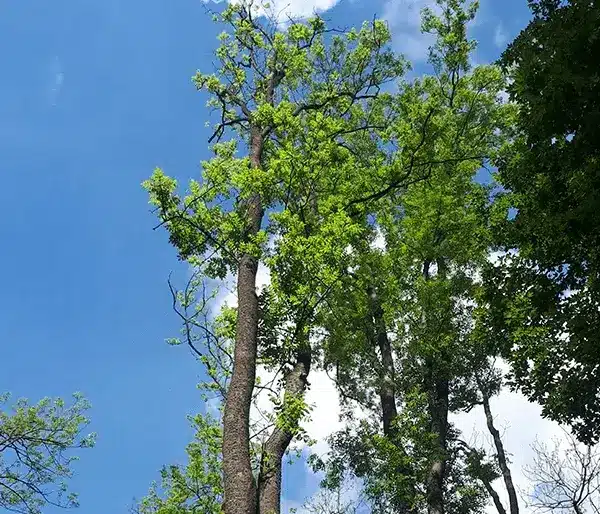

We have enjoyed collaborating with Dovetail on the Assembly of European ash (many thanks Jasmine and the team). Hi-C scaffolding of Dovetail delivered us an excellent assembly of the 808 Mb ash genome with 98.5% of the assembly located in expected 23 chromosomes. We already placed the new assembly at NCBI (GCA_019097785.1) hoping that it will be an important genomic resource for studying backgrounds for ash resistance against Hymenoscyphus fraxineus, the pathogen causing severe ash dieback across Europe.
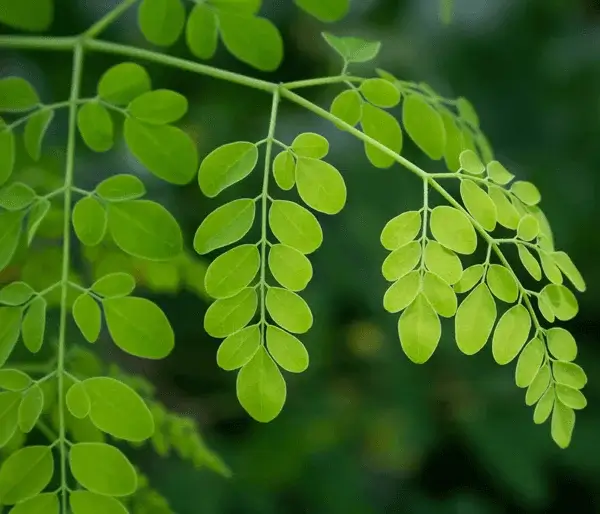

A high quality chromosome-level genome was generated using nanopore and scaffolded using Dovetail Omni-C proximity ligation, critical to development of this crop, enabling hypothesis-driven breeding.
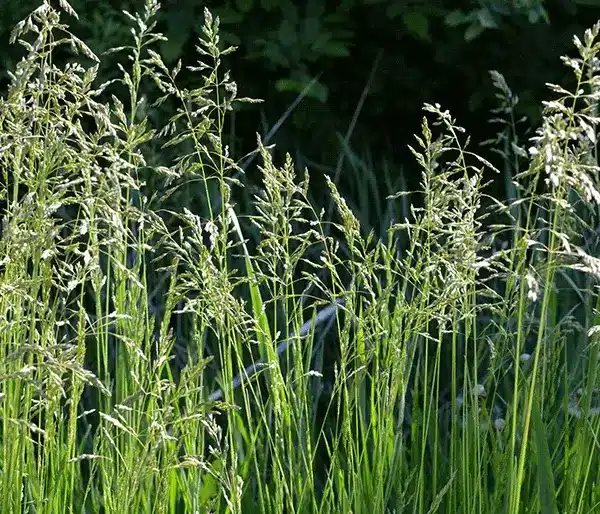

Both the assemblies and the annotations for all species contained >90% conserved orthologs, corroborating their quality. We demonstrate that the parental diploid genomes accurately represent the A and B subgenomes of Poa annua and characterize genetic exchange between and within the subgenomes of Poa annua. We plan to incorporate genomic and transcriptomic resources to aid in bettertargeting of Poa annua in turfgrass beeding applications.
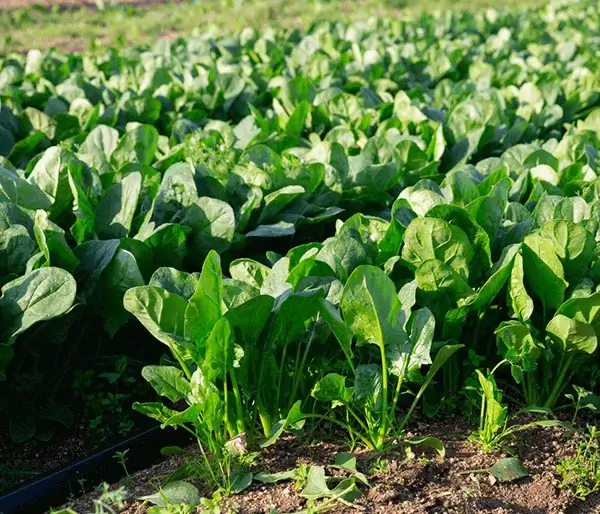

I would like to express my thanks to you for your excellent job to do whole genome sequencing in our spinach samples! We will use the spinach genome sequence as a reference in our spinach sequencing study. We are satisfied with your work and the results what you did.
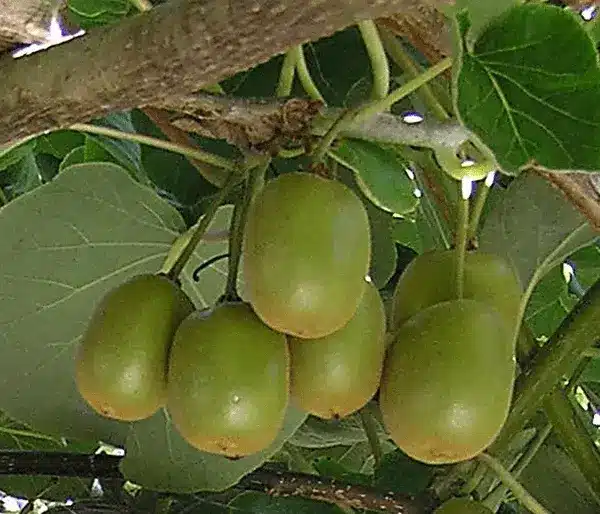

Dovetail Genomics assembled a kiwifruit genotype for us to chromosome level and this assembly exhibits impressive synteny to existing whole genome sequences of other kiwifruit genotypes. We are very happy with the results achieved using Dovetail Chicago and Hi-C libraries and their HiRise assembly.
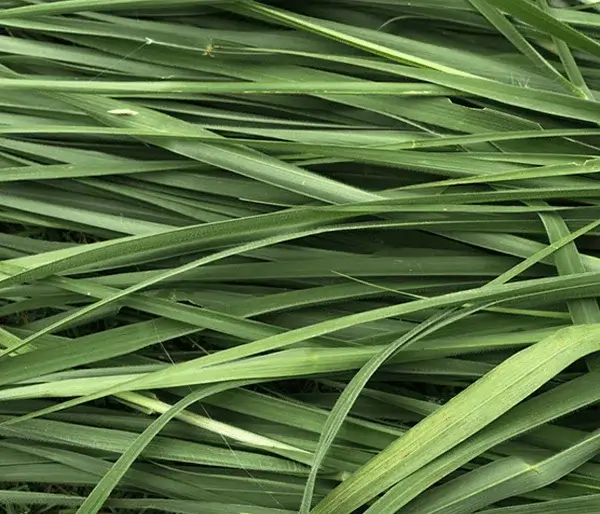

Thanks to everyone at Dovetail Genomics for the buffalograss genome! It is amazing and so are all of you too!
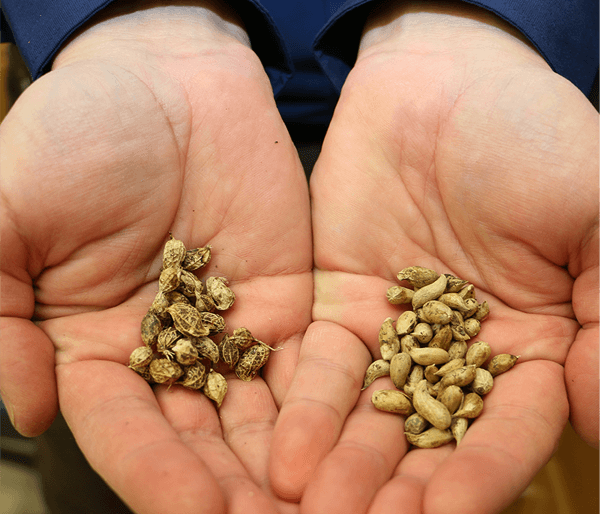

Dovetail Hi-C produced incredible scaffold ordering for our assemblies of the diploid ancestral species of peanut,Arachis duranensisandA. ipaensis. The new orderings made even clearer the incredibly close relationships between the genomes of these diploid species and the tetraploid crop.
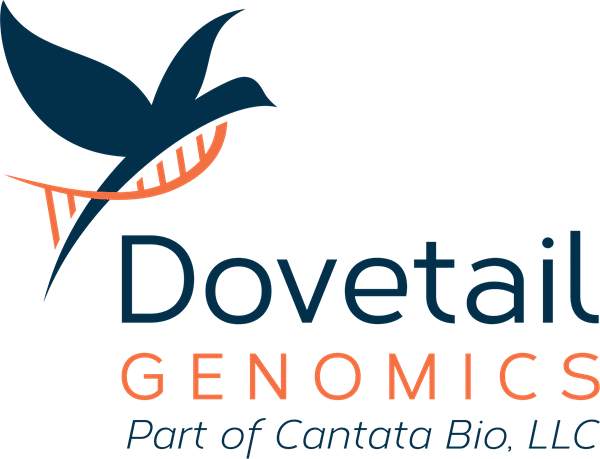 100 Enterprise Way
100 Enterprise Way